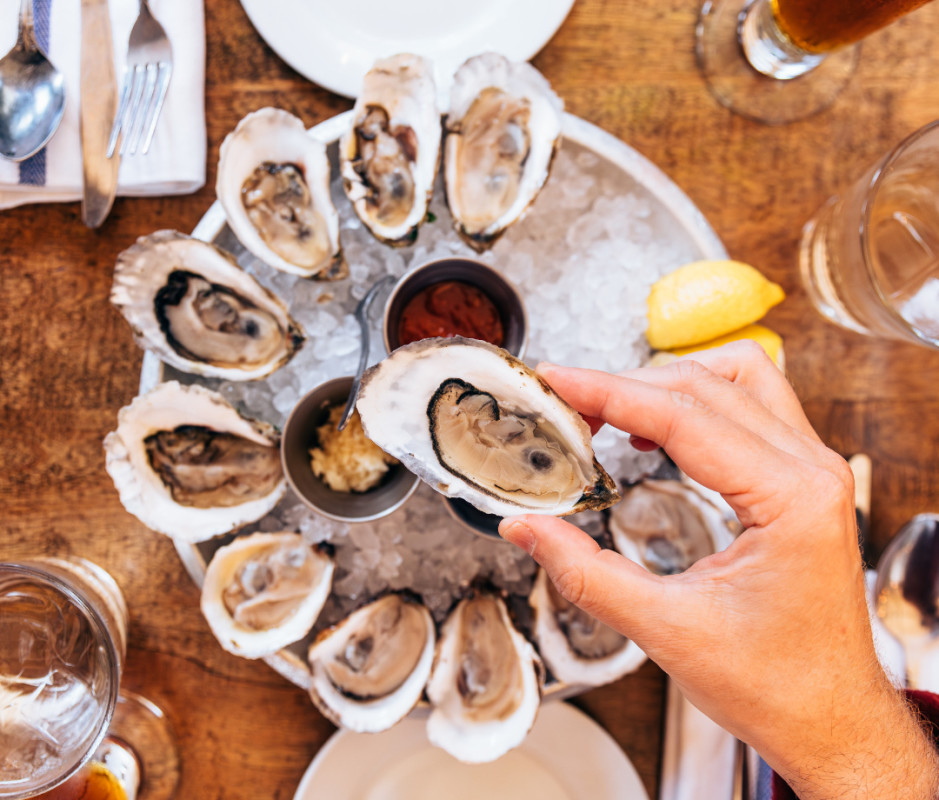The ongoing Vibrio vulnificus outbreak in the Southern United States has taken another deadly turn.
Two more people have died after consuming oysters contaminated by the flesh-eating bacteria, according to WBRZ. The oysters were harvested in Louisiana, with one person eating them in that state and another having them in Florida.
The outlet adds that at least six people have died this year after eating the tainted oysters, though that number may be higher based on prior reporting. More than two dozen others have become ill from Vibrio vulnificus.
“It’s just prolific right now,” said Jennifer Armentor, molluscan shellfish program administrator from the Louisiana Department of Health, to WBRZ.
Getty Images
What to know
Vibrio vulnificus lives naturally in coastal waters. According to the Center for Disease Control (CDC), most people contract the bacteria by “eating undercooked shellfish, particularly oysters,” but it’s also possible to be infected through an open wound.
The CDC estimates about 80,000 cases of vibriosis in the United States each year, with roughly 52,000 of them due to eating contaminated food.
Common symptoms of vibriosis include diarrhea, stomach cramps, nausea, vomiting, fever and chills. If the infection is in the bloodstream, a person may have dangerously low blood pressure and skin lesions, along with fever and chills.
Additionally, pain, swelling, discoloration and discharge around an open wound are also warning signs. Some severe infections can lead to necrotizing fasciitis, hence the nickname “flesh-eating bacteria.”
Why the spike in cases?
Vibrio infections are up this year, with several potential factors being eyed, including warmer Gulf temperatures, more people swimming and eating oysters or saltwater contamination.
“Just like rolling dice, sometimes you get snake eyes three times in a row and there’s nothing that really explains that, other than just kind of random chance,” University of Florida microbiologist Paul Gurig told Fox 8 Live. “This could be kind of a random thing.”
